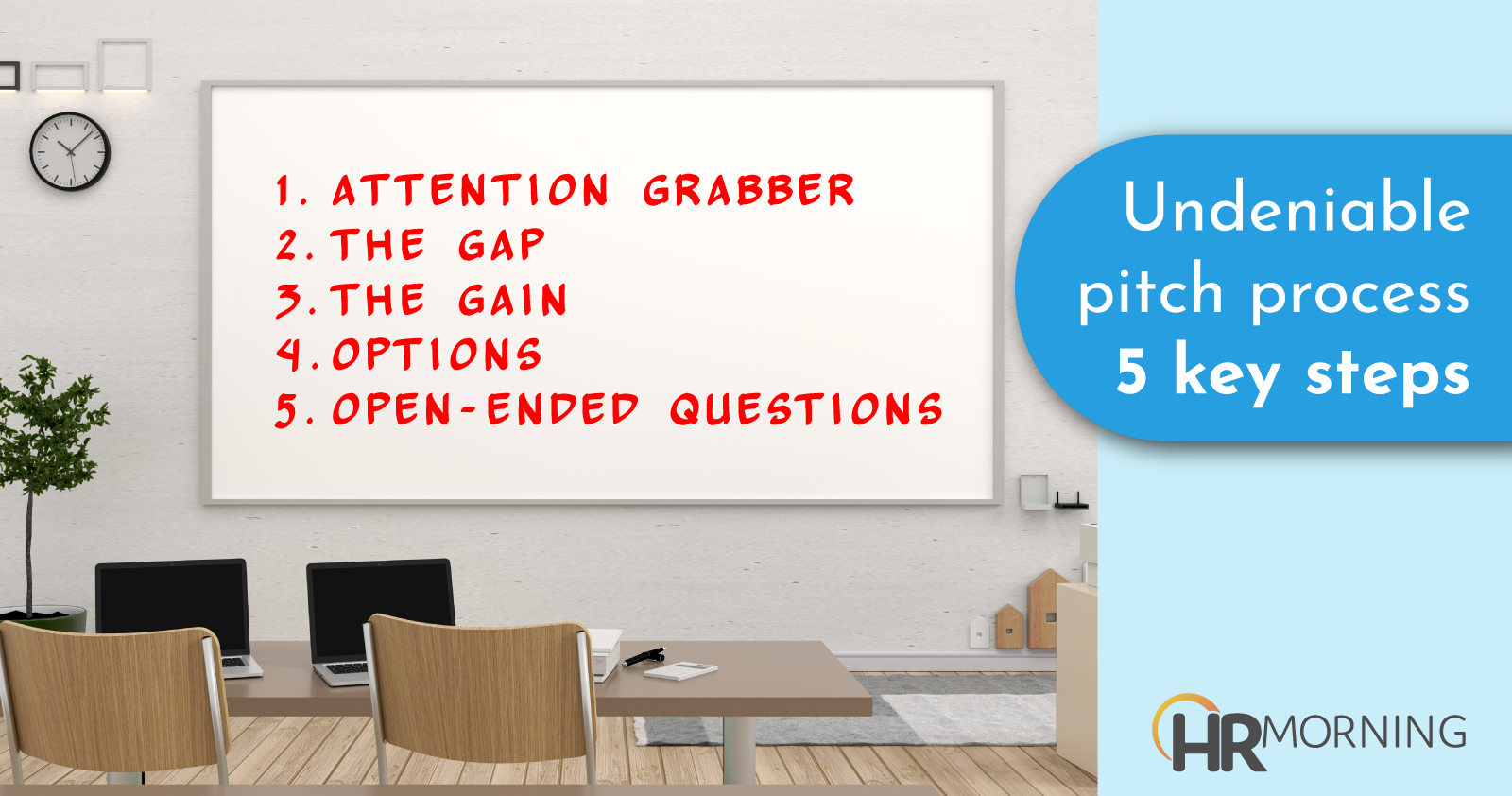Earlier in my career, our division’s General Manager (GM) had identified me in his succession plan as a future GM of the company.
What made this most surprising is the GM and I only sometimes had a good relationship. He was a great person, highly driven and always had the best interests of his people in mind. Yet, we did butt heads periodically.
I reported indirectly to the GM and often had different ideas about how we should introduce new initiatives and was trying to pursue new directions for the business.
On more than one occasion, we stepped out of a meeting after raising our voices with very different perspectives on the situation.
So, when the HR Manager asked me to have a seat, I was still determining what to expect.
‘Wait what?’
“You and Bob haven’t always seen eye to eye,” he said.
The sweat began trickling down the back of my neck.
“Some of your ideas don’t always match his view of where the company is going,” he continued.
The next question he asked had me sure it was time to box up my office supplies.
“Where do you want to go in your career Shawn?” the HR Manager asked.
There was a long pause, to which I said, “Well, I’m guessing you’re about to tell me.”
That’s when the HR Manager pitched me on what still seems like a crazy idea.
“Bob is retiring in a few years, and he wants you to succeed him as the new General Manager.”
Wait, what?
He explained how, despite our differences, Bob and I had many of the same beliefs and views about where the company needed to go.
He contrasted similarities in our backgrounds and how we came to work at the company.
My face must have been skeptical because John began to paint a vivid picture of what the next few years would look like as I prepared for the role.
In short, he pitched me so much that I couldn’t imagine not pursuing the opportunity.
Pitching ideas
As an HR professional, do you pitch your ideas or present them?
There’s a huge difference. If you don’t realize and capitalize on it, most of your ideas will fall flat before you even finish your sentence.
So, whether you’re attempting to convince senior leaders to adopt a new human resource information system (HRIS), presenting a new employee retention plan or seeking to change a benefits provider, your success will be determined solely by the strength of your pitch.
Undeniable pitch process
A pitch has five key steps that all work in combination:
- Attention grabber
- The gap
- The gain
- Options, and
- Open-ended questions.
The attention grabber is an opening designed to get your listener’s attention. For example, suppose you want to pitch an investment in a new HRIS solution. In that case, an attention grabber might include sharing the number of wasted hours spent with current methods of managing information.
The gap follows the attention grabber. When you share the gap, you paint a picture for the listener, opening opportunities to engage them in your idea. Using our earlier example of introducing new HRIS software, the gaps might include the errors made using your current methods and the associated costs. You might also identify gaps between your current information management methods and the law’s requirements.
The gain is the benefits your pitch will offer. By sharing the gain after the gap, you provide answers to the questions your gaps have introduced, alleviating stress, worry and anxiety, and demonstrating that despite the gaps, you have answers.
Once you’ve presented the gaps and gains, the next step is to share options – typically three – designed to support your pitch:
- Option 1: Do nothing, accepting what you have and the existing gaps.
- Option 2: Pursue your suggestion (i.e., new HRIS software).
- Option 3: Pursue a more expensive or complex option – which you present – designed to address the gaps but less efficiently or effectively than option 2.
By presenting options, you engage the listener in solution-building. And psychologically positioning your suggested pitch in the middle increases the chances of acceptance of your idea.
Finally, you end with an open-ended question. Doing so brings the listener into the conversation and sets the next step in their hands. Using our example above, you might ask, “Which option do you think is the best to manage our HR information moving forward?”
The next time you have an idea to present, use the undeniable pitch process, and watch how quickly everyone jumps on board.


